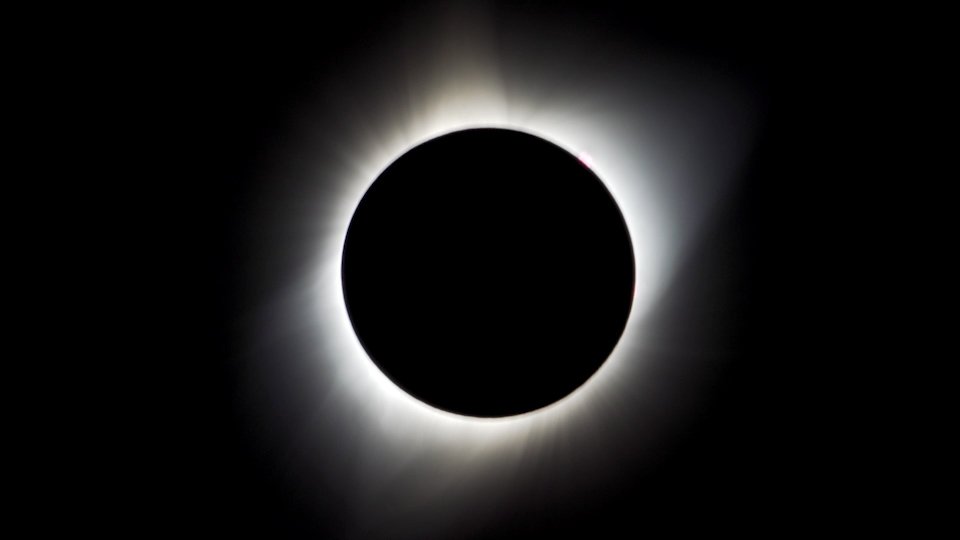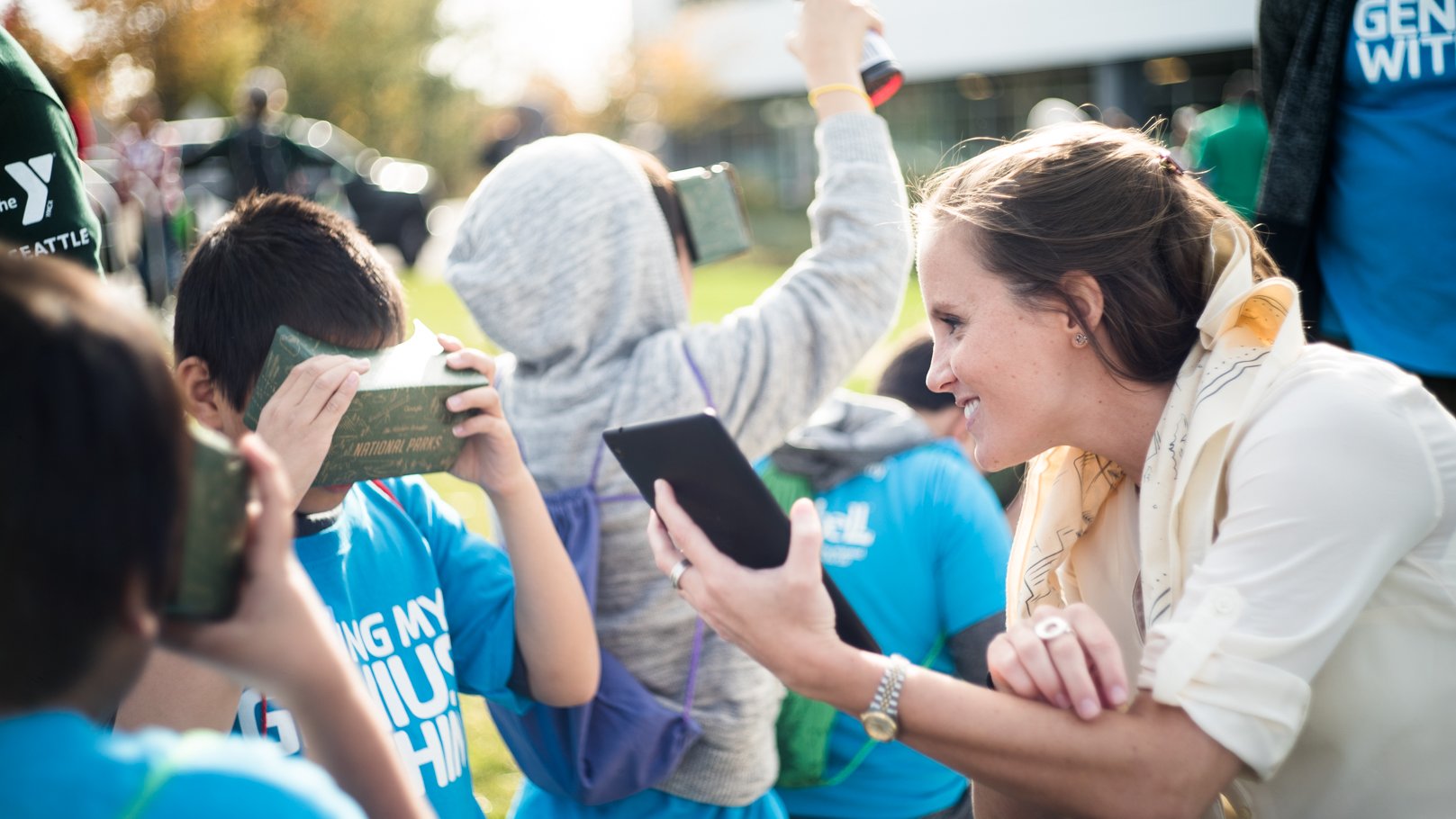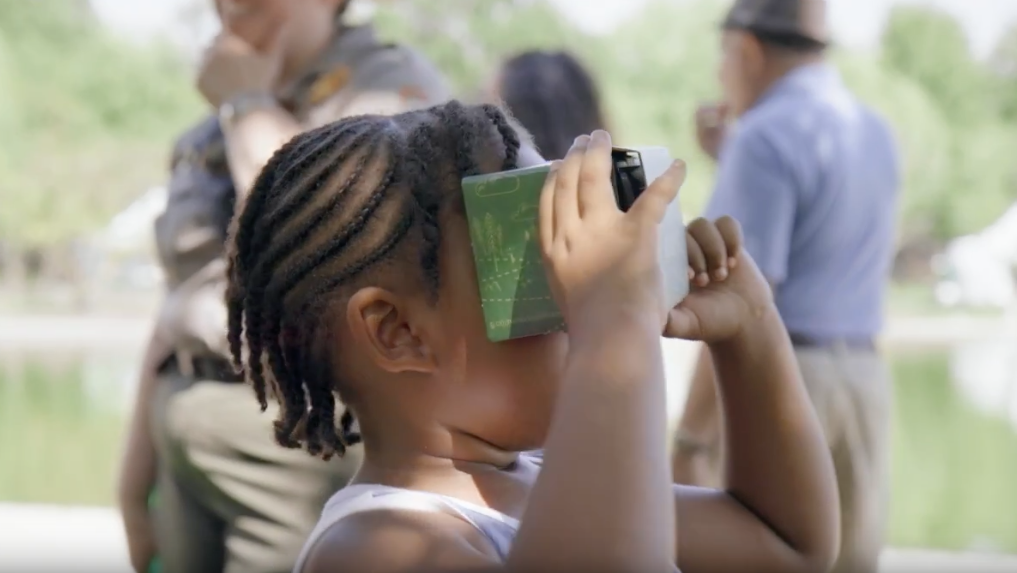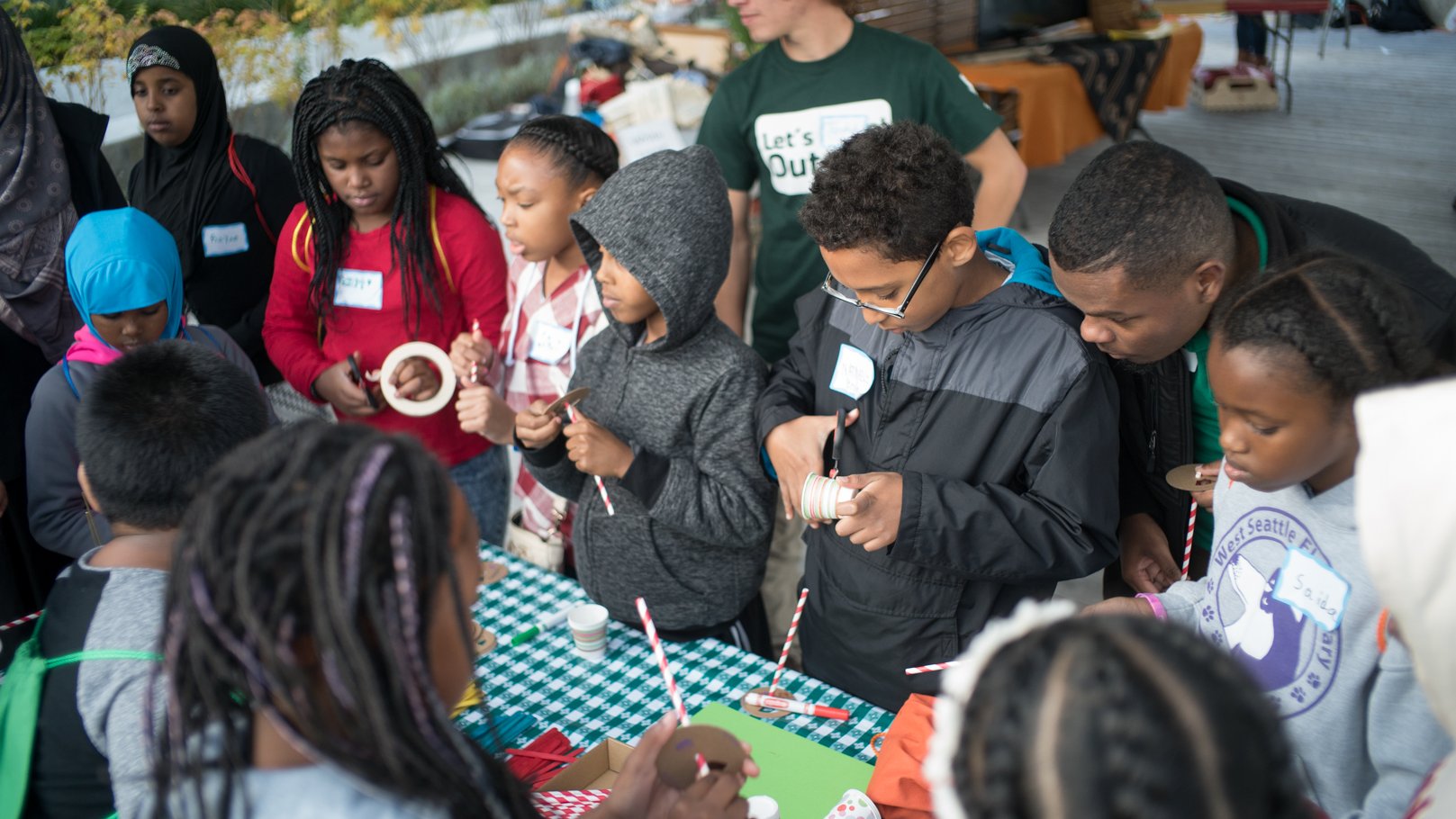Last Monday, people all across the United States turned their (protected) eyes skyward for the astronomical event of a lifetime: a total solar eclipse.
As the moon’s shadow crossed the U.S., more than 1,300 volunteer photographers (like Vivian White and Steven Madow) captured images of the sun’s faint outer atmosphere: the corona. We used those images to algorithmically create a continuous view of the corona during the hour and a half that the eclipse was visible from Earth (far longer than has ever been possible before). Today we’re happy to share the latest version of the Eclipse Megamovie as well as a behind-the-scenes look at how it all came together.
So far photographers have submitted over 34,000 images (512GB of data) to the project and we’re thrilled for the next stage of the project to begin. The full dataset of images will be made publicly available in the coming weeks, allowing the scientific community and general public access to this fantastic set of images. We’re excited to see what scientific discoveries and improved Megamovie versions come next as more people get their hands on the data. Check back on the Megamovie website for updates on the dataset release as well as improved versions of the Megamovie.
This project would not have been possible without our partnership with UC Berkeley and the Astronomical Society of the Pacific and of course a special thanks to our dedicated volunteers who made the Megamovie project a reality!




